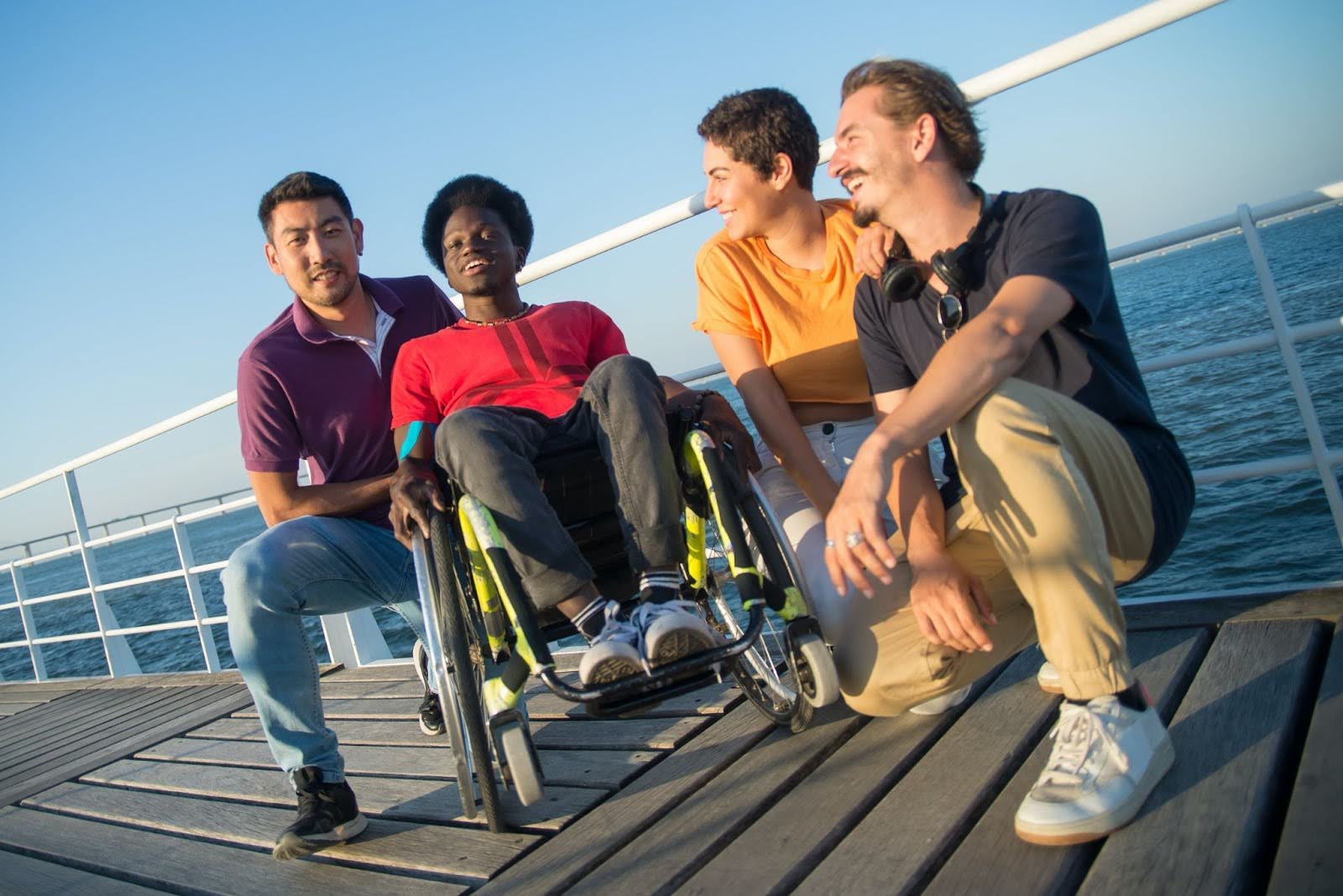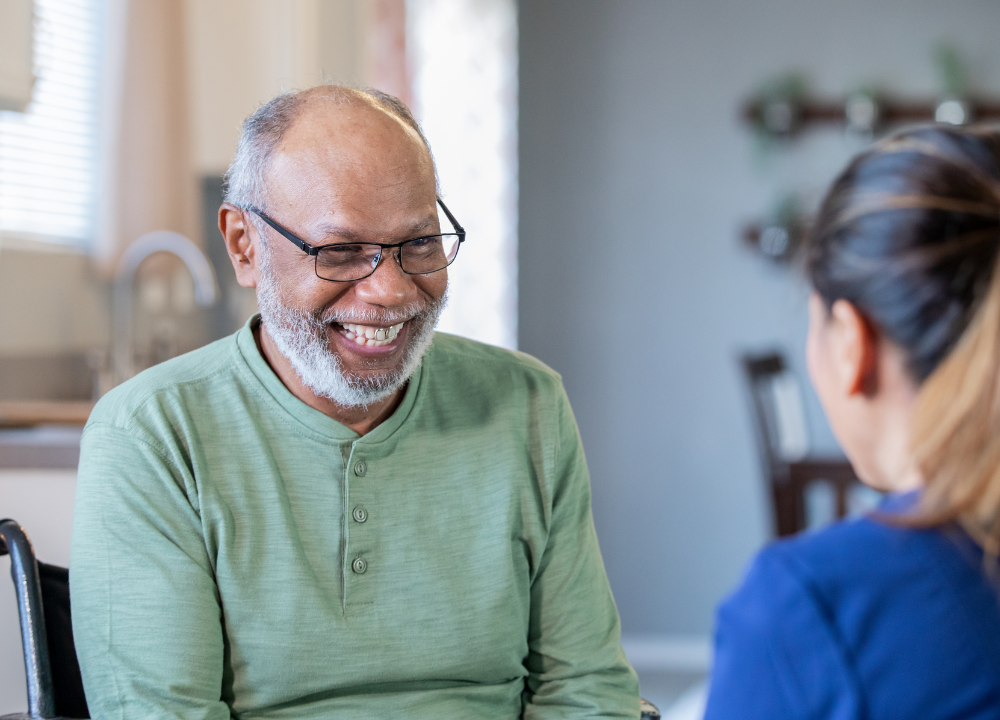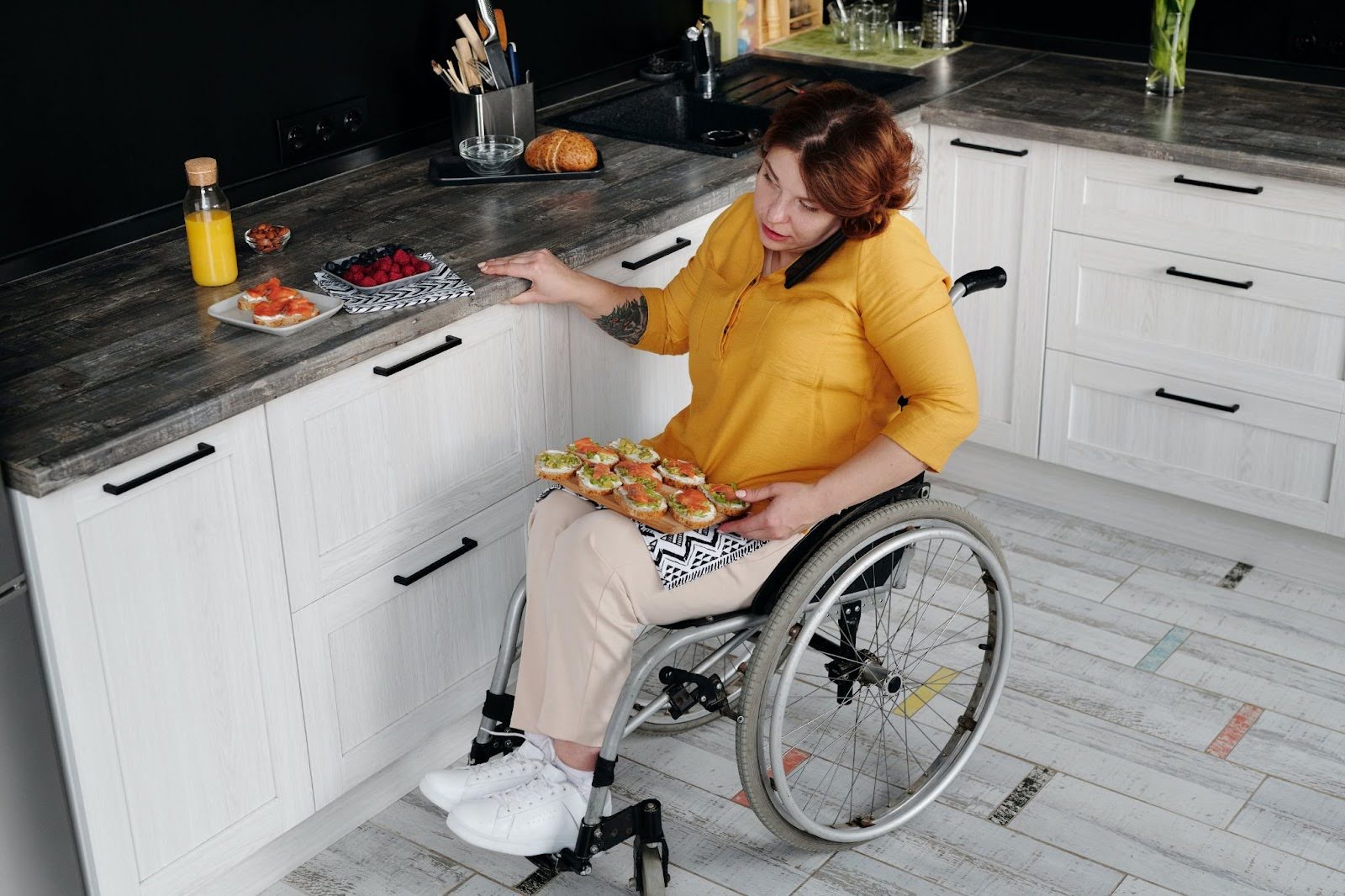At least 2.2 billion people worldwide have some sort of visual impairment, including blindness. In around half of those cases, visual impairment could have been prevented. Visual impairment can be the result of unaddressed medical needs. Or, it can be a natural result of health conditions, congenital disabilities, or inherited genetics.
Regardless of why visual impairment occurs, it’s a part of life for many adults. It’s our duty as advocates for disability rights to understand visual impairment, including blindness, so we can support ourselves and others in the community.
Defining Visual Impairment, Including Blindness
To fully understand visual impairment, including blindness, we need to break the term down a bit. Let’s look at each piece individually.
Blindness can be defined as an inability to see or as a lack of vision. It specifically causes visual impairment that can’t be corrected with eyeglasses or surgery.
Visual impairment is a little more vague. According to the Individuals with Disabilities Education Act (IDEA), visual impairment is any impairment to sight that affects educational performance. But we can extend this definition to performance at work or the ability to live independently.
Finally, a visual disability can be any condition that affects how you see. Examples like color blindness may fall into this category.
Common Types & Causes of Visual Impairment or Blindness
Eye injuries and infections are common causes of visual impairment. Living with a chronic health condition or other disabilities can also play a role. Signs of visual impairment can be understood as part of one of the following categories:
- Partial blindness: This is also known as “low vision.” Those who are partially blind still have some vision.
- Complete blindness: This rare condition occurs when you can’t see or detect light.
- Legal blindness: When your best-seeing eye’s central vision is 20/200, even when corrected with glasses or contacts, you are considered legally blind. A person who meets these criteria has to be 10x closer to an object than a person with 20/20 vision to see it properly (or the object needs to be 10x larger).
- Congenital blindness: This describes poor vision a person is born with. Inherited eye or retinal conditions and congenital disabilities are common causes.
- “Preventable” blindness: This is blindness that happens to people with a treatable disease who never receive appropriate care. We say “preventable” because this usually happens due to a lack of access to eye care. For instance, people who never receive care for diabetes may develop diabetes-related retinopathy.
Recognizing Visual Impairment: Characteristics to Look For
Visual impairment can develop with age, or it can appear earlier in life. You might notice symptoms of visual impairment that get worse over time, including:
- Eye pain
- Blurry vision
- Floaters and flashers
- Light sensitivity
- Sudden vision loss or the sudden appearance of black spots in your vision
It’s important to note that sudden vision loss is usually considered an emergency, particularly if you’ve never experienced visual impairment before. Seek immediate medical care for unexplained vision loss that comes on quickly.
Resources for Individuals with a Visual Disability
Supporting individuals with visual disabilities means listening and learning. These resources can help you learn more about life with visual impairment, how to meet your needs, and how to be there for others who might experience visual impairment, including blindness.
- Resources for People with Low Vision: This master list of links, PDFs, and texts from the American Academy of Ophthalmology is a good jumping-off point.
- American Foundation for the Blind: This list of resources helps support education, research, and the delivery of services to people with visual disabilities.
- Microsoft Accessibility Tools for Vision. This page details sight-related accessibility tools that can help people with a vision disability navigate technology.
- Understanding Assistive Technology. Our guide to assistive technology can give you ideas for managing your needs and making life easier.
Those living in California can also participate in the Self-Determination Program. This state-funded program focuses on giving adults with disabilities access to financial support, resources, and guidance that helps them live independently and achieve their goals. NeuroNav is here to help you understand the Self-Determination Program and how to maximize its benefits. To learn more, contact our team today.




